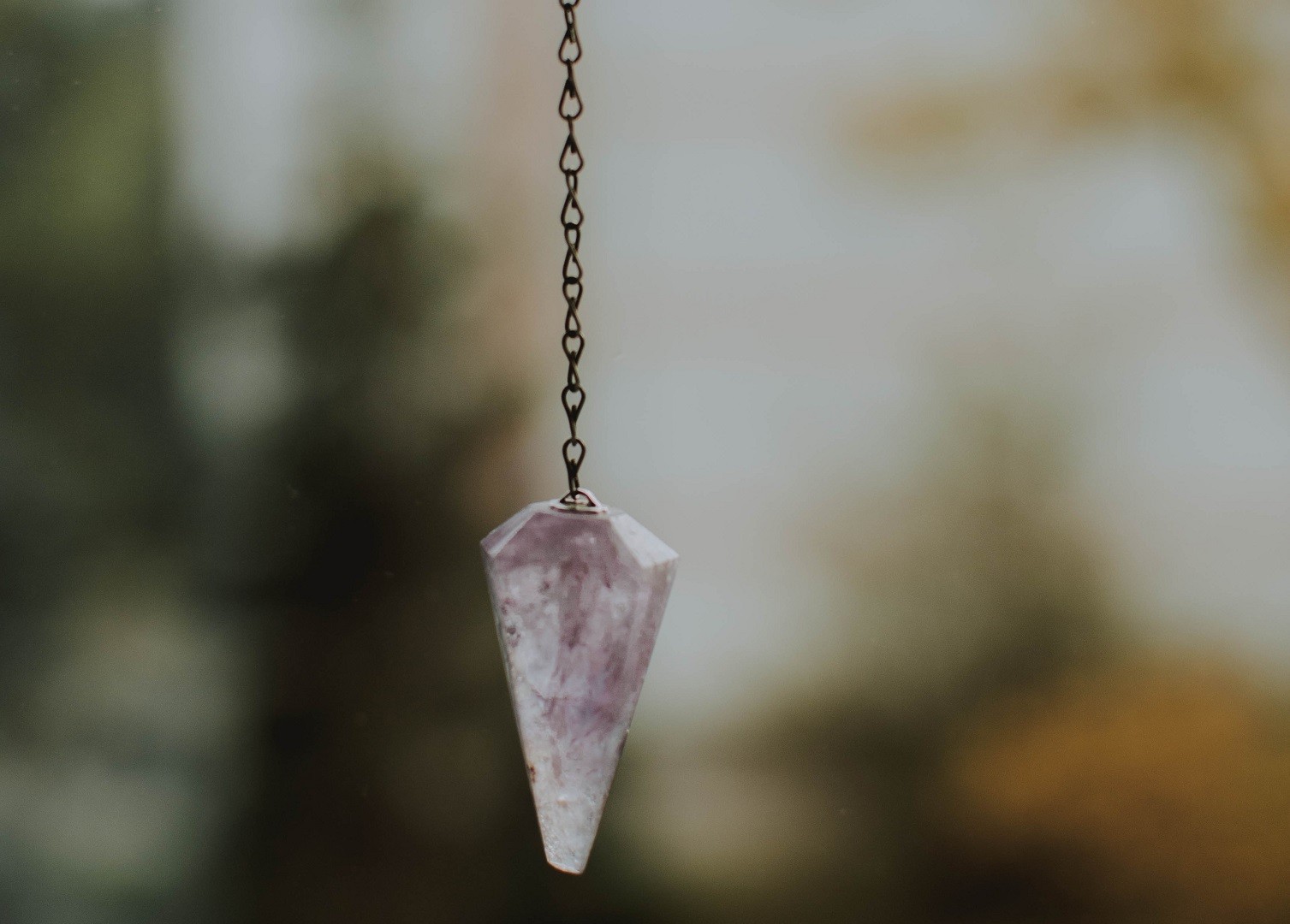What is Dowsing?
Dowsing is an intuitive art and one of the oldest known forms of divination. When we think of dowsing, we most commonly think of those people that look for water but dowsing can also be used for determining a state of health, asking questions and so forth. It is a way of accessing your intuition. Dowsing is a fascinating art and one that can be practiced by anyone.
When Should I use Dowsing?
Dowsing is used in any situation where there is a genuine need for an answer. Looking for the winning lotto numbers doesn't count! What you use dowsing for is theoretically limited only by your imagination, but you should ask the following questions before dowsing – can I, may I, should I? Can I relates to whether you are physically and mentally able to do it. May I relates to whether you have the appropriate permission to do it. Should I relates to whether the dowse is in the best interests of everyone concerned. If the answer to any of these questions is no, then dowsing should not be performed.
Dowsing Methods
For the purposes of divination, you will need a pendulum. This can be made yourself using a pointed object made of metal, crystal or wood, attached to the end of a string. Crystals are ideal. Rose quartz can be used for diagnosing disease. Silver, lapis, wood, or hematite work well for general divination. However, a pendulum can be made from anything that appeals to and has meaning to you. It just needs to feel as though it conducts energy.
While there are no strict rules about how to dowse, there are two generally accepted methods. The first involves using the pendulum to answer a yes or no question. You can use a piece of paper with the words yes or no written in the four quarter points of a circle that has been drawn on the page. If a direct answer is required, that is an answer that cannot be answered in a yes or no format; you can use the four points of the circle to write down the possible answers. For example, you may want to know who a certain person likes. You can then write the names of four different people in each section of the circle. Whether a yes or no answer or a direct answer is required, the pendulum is held over the middle of the circle while the person concentrates. The pendulum should naturally swing towards an answer. Another way to get a yes or no answer is to hold the pendulum between the thumb and the index finger. Ask your question, and if the pendulum swings to the right, the answer is yes. If it swings to the left, the answer is no. Similarly, a clockwise circle is yes while a counterclockwise circle is no.
Healers also use the pendulum to scan the body for any signs of disease. If the pendulum swings in a counterclockwise circle, it is a message that there is a problem in the part of the body the pendulum is swinging over. If the pendulum is very active, it can indicate energy disturbance in a chakra or another imbalance in the body.
Dowsing Tools
Depending on the type of dowsing being performed, one of the following tools or instruments is usually used:
- V rod – this is traditionally made from a forked stick but it can be made from any springy material such as wood, plastic, cane or metal
- Angle rod – these rods are L shaped and usually used in pairs. The shorter section of the rod is held in a closed palm while the longer section is parallel to the ground and each other. When the object is found, the rods will cross.
- Wand – a single long rod that reacts to an object with circular or oscillating movements.
- Pendulum – an item on a length of twin or string will react with a number of different movements.










